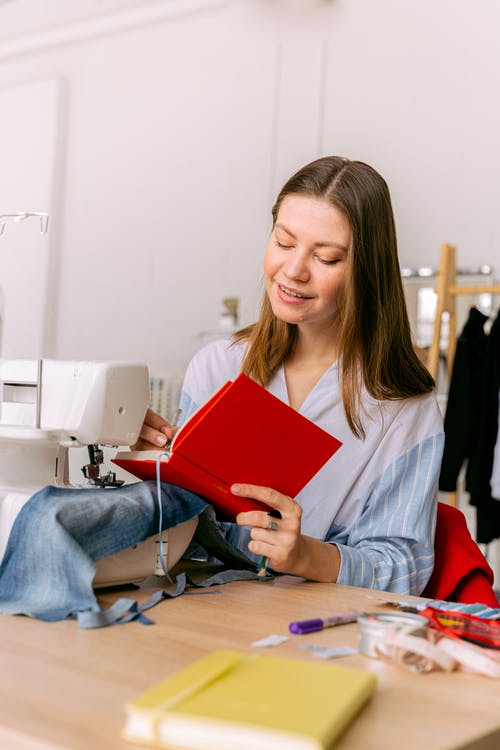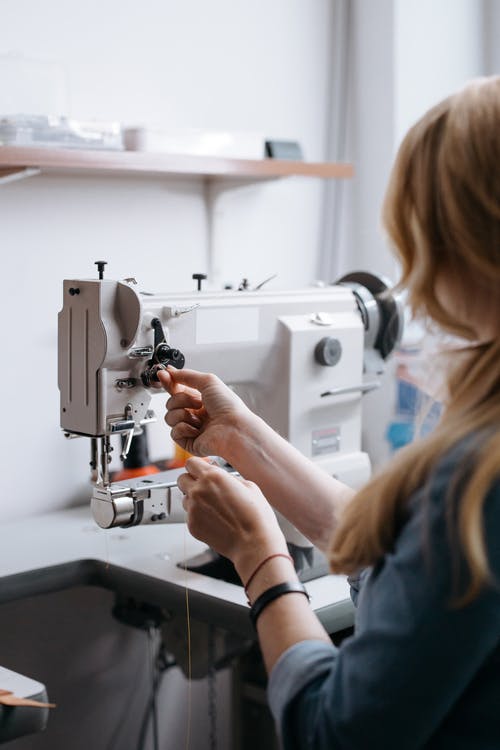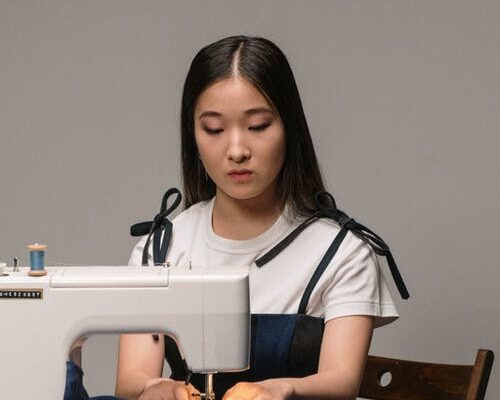Making patterns is an art form. Flat cloth may be manipulated to adhere to one or more curves in the human figure using this art form. Making patterns serves as a link between the creative process and the manufacturing process. When a design is sketched, it may be transformed into an actual garment using a pattern.
In contrast, the body is not flat in a pattern. One’s physique is cylindrical in shape. The pattern creator is concerned with the secondary curves and bulges within this approximately cylindrical framework. All pattern creation begins with the use of darts. The flat piece of fabric is transformed into a three-dimensional shape that conforms to the body’s curves.
From a flat drawing with measurements or a two-dimensional fashion image, a patternmaker creates a pattern. Patternmaking, fit, and design all start with the fundamental pattern; that is to say- flat pattern design begins with the creation of a basic pattern. It’s a basic design with just the right amount of slack to allow for movement and comfort.

Creating a pattern may be accomplished in three ways:
Drafting is the process of taking dimensions from a person, clothing, or body shape and putting them into a size system. To finish the pattern, you’ll need to write down your measurements for the chest, waist, hips, and so on, as well as any ease allowances. To begin with, drafting is used to establish fundamental, foundational patterns.
Creating a three-dimensional fabric pattern is achieved by wrapping a two-dimensional piece of fabric around a shape, then draping it over the object. The final design is created by printing these various PDF patterns onto paper. As a result of this, the clothing is more comfortable to wear. Draping has the advantage of allowing the designer to examine the completed garment’s overall design effect on a body form prior to cutting and sewing. In comparison to flat pattern creation, this method is more costly and time consuming.
Flat pattern making is the process of creating a basic design that may be easily adjusted to fit a certain individual or body type. Flat pattern design begins with a sloper. It’s also a basic design with just the right amount of slack to allow for movement and comfort. For women’s apparel, there are five essential pattern parts. The bodice front and back with darts, a basic neckline, a sleeve, and a fitted skirt front and back with darts are all included in the set. However, women’s fashions are always changing due to the fast pace of fashion. Modifications are made to these fundamental slopers, which are subsequently used to build garments.

With no seam allowances, a simple sloper may be used in a variety of ways. Construction lines are all that are visible on it. In order for a sloper to function well, the fundamental design must allow for quick and simple modifications. Accurate measurements are critical to a successful pattern creating project.
You may create a pattern using pattern-making software after entering your measurements. Using these programs, you don’t have to worry about wasting time in the sewing room trying to get the perfect fit.




